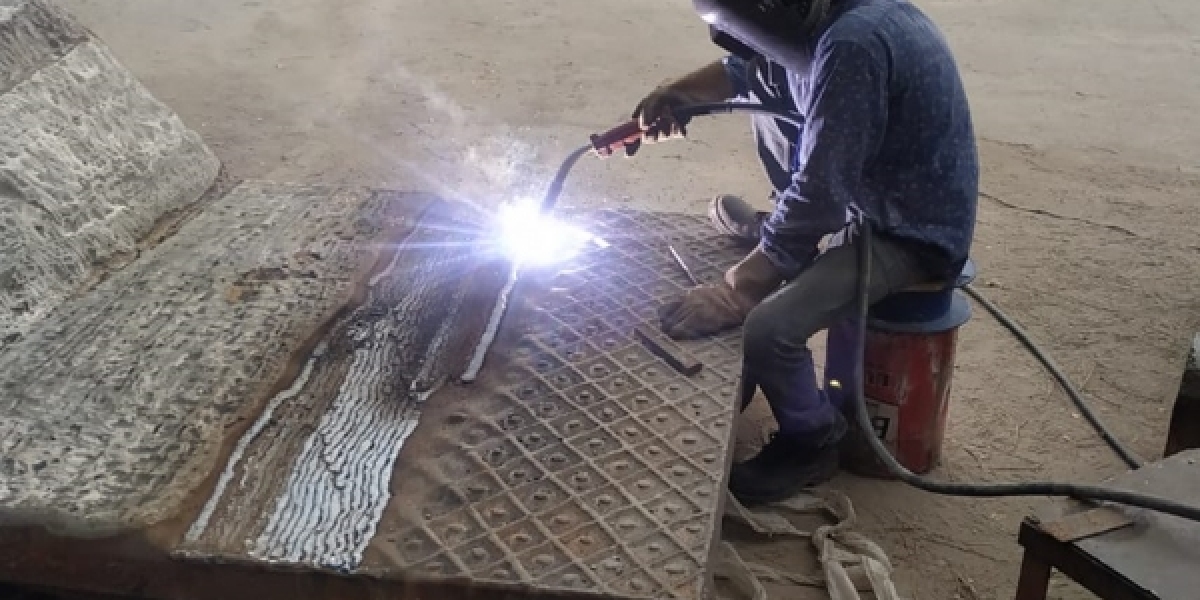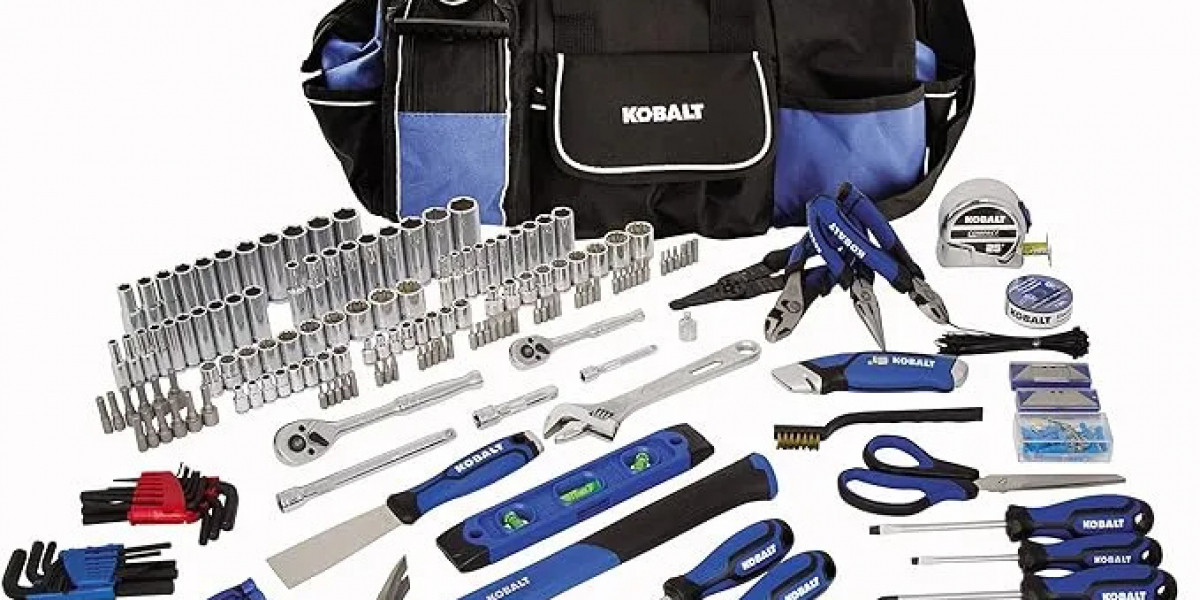Brazing is a widely used joining process in various industries, including automotive, aerospace, electronics, and plumbing. It involves joining metals by melting a filler metal or alloy and flowing it into the joint, where it solidifies to form a strong bond. One of the critical factors in brazing is selecting the appropriate brazing alloy. With a plethora of options available, choosing the right brazing alloy can be overwhelming. This comprehensive buyer's guide aims to simplify the process by providing essential information on brazing alloys, their properties, applications, and selection criteria.
Understanding Brazing Alloys
Brazing alloys, also known as filler metals, are metal alloys specifically formulated for brazing applications. These alloys are designed to melt at temperatures below the melting points of the base metals being joined, facilitating the bonding process without melting the base metals. Common materials used in brazing alloys include copper, silver, aluminum, nickel, and zinc, among others. Each brazing alloy has unique characteristics that make it suitable for specific applications.
Types of Brazing Alloys
Brazing alloys can be categorized based on their composition and melting temperatures. The most common types of brazing alloys include:
- Silver-Based Alloys: Silver brazing alloys are widely used due to their excellent strength, corrosion resistance, and ductility. These alloys typically contain silver as the primary component, along with other metals such as copper, zinc, and cadmium. Silver brazing alloys are ideal for joining ferrous and non-ferrous metals, including steel, stainless steel, copper, and brass.
- Copper-Based Alloys: Copper brazing alloys are known for their high thermal conductivity and suitability for brazing copper and copper alloys. These alloys often contain phosphorus or silver as alloying elements to improve fluidity and wetting characteristics. Copper-based brazing alloys are commonly used in plumbing, HVAC, and electrical applications.
- Aluminum-Based Alloys:Aluminum brazing alloys are specifically designed for joining aluminum and aluminum alloys. These alloys typically contain silicon as the primary alloying element, along with trace amounts of other metals. Aluminum brazing alloys form strong, corrosion-resistant joints and are widely used in the automotive, aerospace, and electronics industries.
- Nickel-Based Alloys: Nickel brazing alloys are favored for their high strength, oxidation resistance, and compatibility with a wide range of base metals. These alloys are often used in high-temperature applications where other brazing alloys may fail. Nickel-based brazing alloys are suitable for joining stainless steel, high-temperature alloys, and ceramics.
- Flux-Cored Alloys: Flux-cored brazing alloys contain a flux core within the filler metal, eliminating the need for separate flux application. These alloys are convenient to use and provide good wetting and flow characteristics. Flux-cored brazing alloys are available in various compositions for different applications and base metals.
Key Factors to Consider When Choosing Brazing Alloys
Selecting the right brazing alloy is crucial to achieving a successful brazing process and ensuring the integrity of the joint. Several factors should be taken into account when choosing brazing alloys:
- Base Metal Compatibility: The brazing alloy must be compatible with the base metals being joined to ensure proper bonding and metallurgical compatibility. Consider the composition, metallurgical properties, and thermal expansion coefficients of the base metals when selecting the brazing alloy.
- Operating Environment: Evaluate the operating conditions and environmental factors that the brazed joint will be subjected to, including temperature, pressure, corrosion, and mechanical stress. Choose brazing alloys with appropriate properties to withstand the anticipated conditions and ensure long-term performance.
- Melting Temperature: The melting temperature of the brazing alloy should be lower than the melting points of the base metals but sufficiently high to ensure proper flow and bonding. Select brazing alloys with melting temperatures compatible with the brazing process and the materials being joined.
- Joint Design and Gap Clearance: Consider the design of the joint and the clearance between the mating surfaces when selecting brazing alloys. Choose alloys with suitable fluidity and capillary action to fill the joint effectively, especially in tight or irregularly shaped joints.
- Strength and Mechanical Properties: Evaluate the strength, ductility, and mechanical properties of the brazed joint required for the intended application. Select brazing alloys that provide the desired combination of strength, toughness, and flexibility to meet performance requirements.
- Corrosion Resistance: Consider the potential for corrosion or chemical exposure in the operating environment and select brazing alloys with adequate corrosion resistance. Silver-based brazing alloys, for example, offer excellent corrosion resistance and are often preferred for applications in aggressive environments.
- Cost and Availability: Assess the cost-effectiveness and availability of brazing alloys, taking into account factors such as material costs, process efficiency, and supply chain considerations. Balance the performance requirements with cost constraints to achieve the most suitable solution.
Conclusion
Choosing the right brazing alloy is essential for achieving high-quality brazed joints with the desired mechanical properties and performance characteristics. By considering factors such as base metal compatibility, operating environment, melting temperature, joint design, strength, and cost, buyers can select brazing alloys that meet their specific requirements effectively. Whether joining ferrous metals, non-ferrous metals, or dissimilar materials, selecting the appropriate brazing alloy is critical for ensuring the integrity and reliability of brazed assemblies across a wide range of applications.









